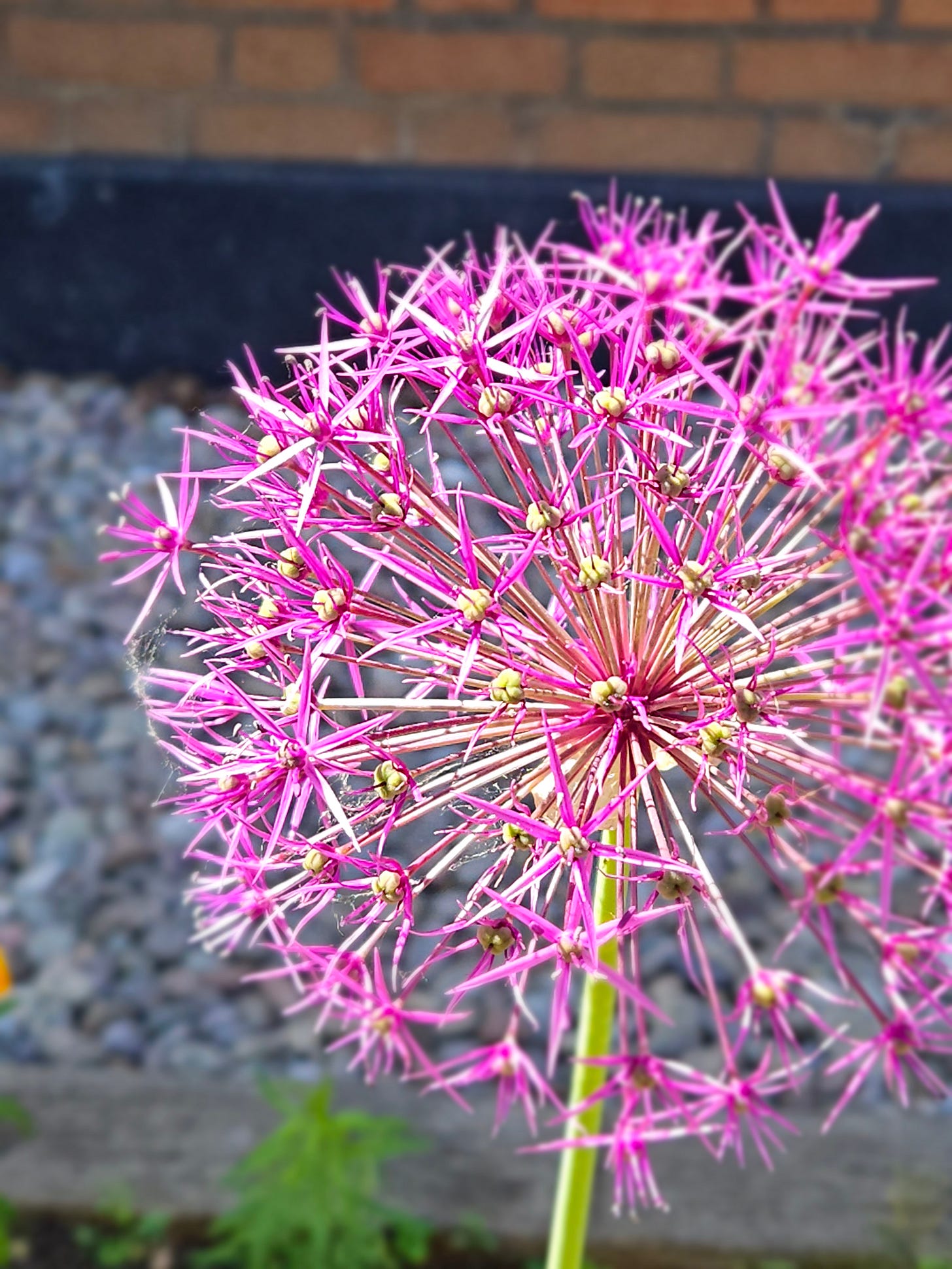The paradox of creativity
Why constraints invite innovation
The common assumption is that freedom fuels creativity: the blank page, the countless topics to explore, the unlimited resources. But if you think about it, it's constraints, rules, formal limitations, impossible deadlines, that provoke the most inventive work. This paradox has been recognised by writers, artists and cognitive scientists: limits don't just restrict expression; they shape it, sharpen it and sometimes set it free.
The Science of Constraints
Cognitive scientists have documented this phenomenon as "choice overload". When faced with too many options, our brains often default to decision paralysis or safe, habitual choices. Research suggests that an abundance of choice can become overwhelming rather than liberating.
Neurologically, constraints help focus our attention. When parameters are clearly defined, our prefrontal cortex, responsible for problem-solving and creative thinking, becomes more efficiently engaged. The brain, freed from processing endless possibilities, can dive deeper into exploring novel connections within the defined space.
When we reduce the scope of possibility through a form, a rule, or a deadline, we actually help the brain focus. Constraints act as scaffolding. They create boundaries within which creative thinking can happen without becoming overwhelmed by infinite potential.
Literary Constraints as Creative Catalysts
One of the most elegant demonstrations of this principle is Raymond Queneau's "Exercises in Style" (1947), where he recounts the same mundane incident in 99 different stylistic variations. By imposing a formal rule on each retelling, Queneau transforms banality into brilliance. It’s a book I teturn to so often.
The French literary group Oulipo (Ouvroir de Littérature Potentielle), which Queneau co-founded in 1960, embraced this philosophy completely. Georges Perec's novel "La Disparition" (1969) was written entirely without using the letter 'e', a constraint that forced unprecedented linguistic creativity. Instead of diminishing the work, this restriction generated extraordinary wordplay and narrative innovation.
Sheila Heti's "Alphabetical Diaries" (2020) rearranges personal journal entries in alphabetical order, creating unexpected juxtapositions that reveal patterns otherwise hidden in chronological narrative.
Similarly, Dubravka Ugrešić's "American Fictionary" (1993) structures each chapter around English words that struck her as an exile from former Yugoslavia, using linguistic constraints to frame her experience of cultural dislocation. It’s another book I absolutely love and recommend reading.
Constraints Across Creative Domains
This principle extends beyond literature. In music, Igor Stravinsky famously observed: "The more constraints one imposes, the more one frees one's self of the chains that shackle the spirit." His revolutionary compositions often emerged from self-imposed limitations in rhythm, harmony or instrumentation.
In visual arts, the Dogme 95 movement revolutionised filmmaking with its "Vow of Chastity", strict rules prohibiting special effects, non-diegetic sound and artificial lighting. Directors like Lars von Trier produced groundbreaking work precisely because of these limitations.
Architect Frank Gehry has discussed how building codes and physical constraints become integral to his design process. His most celebrated structures, like the Guggenheim Museum Bilbao, respond creatively to site limitations rather than fighting against them.
It’s a principle applied today in digital culture. The character limit on some social platforms is one example. Other platforms like Instagram Reels and TikTok, bound by short-form video formats and quick engagement, have proven to be surprisingly engaging spaces for storytelling, and even activism and education. What initially appears as a limitation often gives shape to the content itself.
The Psychology of Productive Limitation
Psychological research supports this creative paradox. Studies suggest that participants often generate more original ideas when given tasks with moderate constraints compared to those with complete freedom. The sweet spot appears to be what researchers call "optimal constraint", enough structure to focus thinking but not so much that it becomes stifling.
The concept of "paired constraints" is particularly useful: restrictions that simultaneously limit some possibilities while promoting others. For example, a poet writing a sonnet is constrained by the 14-line form but pushed toward linguistic compression and metaphorical thinking.
Constraints in Daily Life and Personal Growth
Beyond artistic creation, constraints shape our everyday decisions. Research in behavioural economics demonstrates that people often perform better with deadlines and boundaries than with open-ended options. Studies have shown that students who had fixed deadlines performed better than those given complete flexibility.
In career development, transitions and constraints can provoke personal reinvention. When people are not defined by a role, they often discover new skills or rediscover long-ignored aspirations.
Research in positive psychology suggests that individuals who view self-imposed constraints during life transitions as positive structures report greater well-being and goal clarity than those who try to keep all possibilities open. The act of shaping uncertainty into manageable pieces makes people feel more in control of their life narrative.
Inviting Productive Constraints
Rather than viewing constraints as limitations, we can recognise them as frameworks that enable focus and innovation. Creative constraints, whether chosen or imposed, provide:
Focus: By narrowing options, constraints direct attention to what matters most
Problem-solving: Limitations spark ingenious solutions to work around obstacles
Efficiency: Boundaries prevent endless exploration and help complete projects
Distinctiveness: Constraints often lead to unique approaches that stand out
The most radical creative acts frequently emerge from deliberate restrictions: the daily diary kept in alphabetical order, the political novel told through dictionary entries, and so on. And the best constraints, chosen thoughtfully, unlock what we didn't know we were missing: focus, direction and the courage to invent something wholly new within the seemingly restrictive space.
Writing Challenge: Compose a short story or poem limited to exactly 111 words. This strict word count will force you to make every syllable and phrase count, potentially unlocking creative pathways you wouldn't have explored otherwise. And, feel free to share in the comments; I'd live to read.
If you're curious about experimenting further with creative constraints, join my workshop on Writing to Constraints.
Until next time,
Nataliya x



